Forgotten by Time: 8 Legendary Lost Cities of India
If you are in the mood for a little exploration along the trails of former civilizations, here are some of India’s most spectacular lost cities. From the lost city of Poompuhar to Pattadakkal, these awe-inspiring ruins will surely fuel your curiosity!
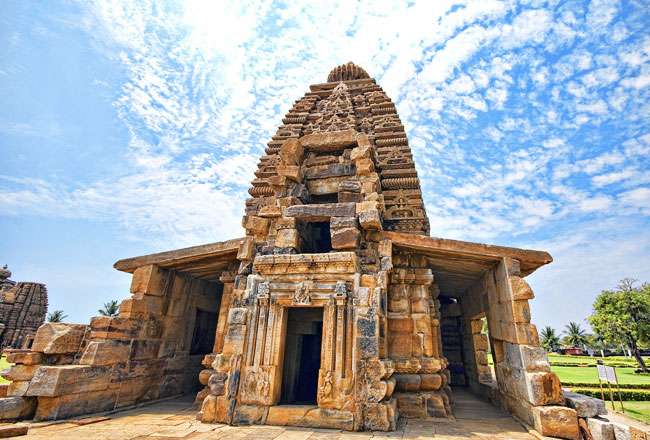
“The best journeys in life are those that answer questions you never thought to ask.” – Rick Ridgeway.
Like humans, cities are mortal. They are born, they thrive, and they eventually die. Over the course of human history, an astonishing number of cities and towns have been lost, destroyed, submerged, and abandoned.
The mysterious, and often beautiful, ruins of these lost cities have sparked the imaginations of millions of travellers, history buffs and treasure seekers all across the world.
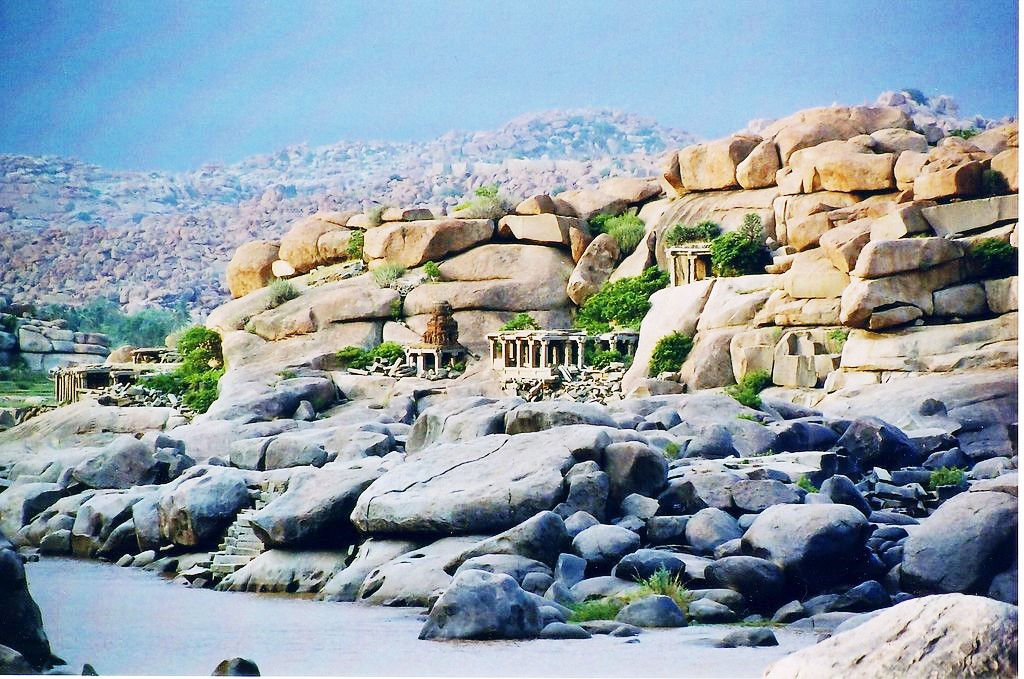
Photo Source
If you are in the mood for a little exploration along the trails of former civilizations, here are some of India’s most spectacular lost cities. From the lost city of Poompuhar to Pattadakkal, these awe-inspiring ruins will surely fuel your curiosity!
1. Poompuhar

Photo Source
Once a flourishing ancient port city known as Kaveripoompattinam, Poompuhar served as the capital of the early Chola kings for a few years. The Sangam-era epics of Tamil literature, Silapathikaram and Manimekalai, extol and herald the city and the life of its people in detail. Located at the mouth of the Cauvery River, it is believed that much of the town was washed away by a powerful sea storm and the successive erosion it caused during 500 AD. In 2006, the National Institute of Ocean Technology conducted some underwater surveys that revealed the submerged remains of the ancient port city.
A must-see on a visit to Poompuhar is the beautiful 13th century Masilamani Nathar Koil temple. Though heavily eroded by the sea in a number of places, this seaside temple’s unique combination of Chinese and Tamil architecture gives visitors a glimpse of another time.
2. Hampi
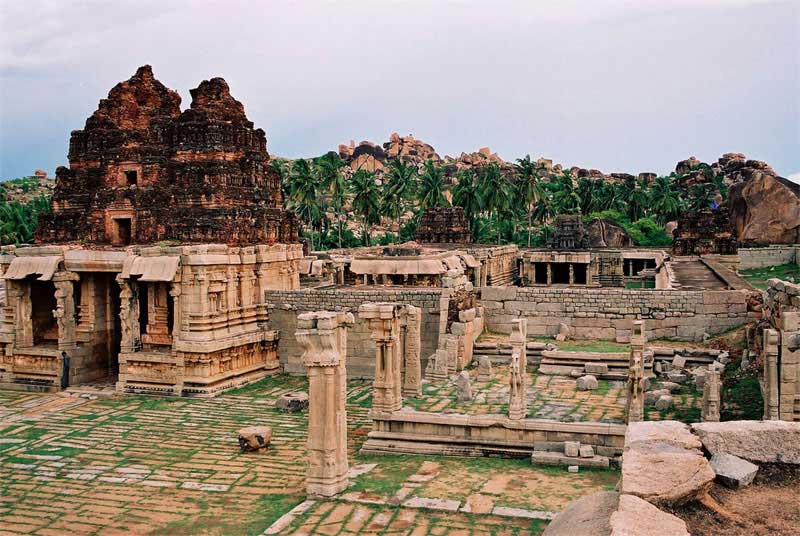
Photo Source
The capital of the famed Vijaynagar Empire from 1336 to 1565, Hampi was ruled by four dynasties — Sangama, Saluva, Tuluva and Aravidu. The princes of these dynasties built more than 500 monuments which won the admiration of ancient travellers. Conquered by the Deccan Muslim confederacy in 1565, the city was pillaged over a period of six months before being abandoned.
Hampi’s spectacular setting is dominated by the mighty Tungabhadra river, craggy hill ranges with precariously perched boulders, and miles of undulating terrain, carpeted in lush green palm groves, banana plantations and paddy fields. The Hampi Utsav, also known as Vijaya Utsav, is a cultural event organized here by the Karnataka government in January each year. The festival of Purandaradasa Aradhana conducted at the Vithala temple in the months of January or February is also famous. It is celebrated to honor the poet-composer Purandaradasa.
3. Muziris
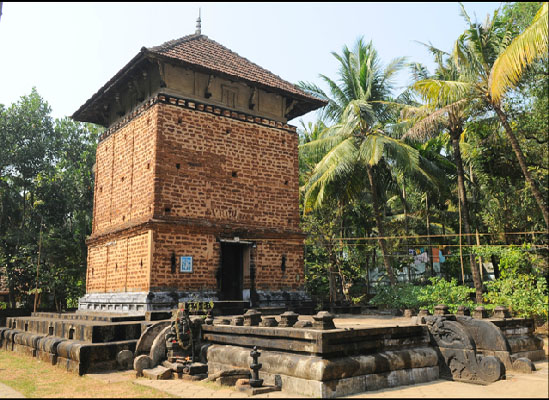
Photo Source
In the first century BC, Muziris in Kerala was one of India’s most important trading ports, whose exports – especially black pepper – kept even mighty Rome in debt. The Roman author Pliny, in his book Natural History, called Muziris “the first emporium of India”. According to the Akananuru, a collection of Tamil poetry from the period, it was “the city where the beautiful vessels, the masterpieces of the Yavanas (foreign traders), stir white foam on the Periyar river of Kerala, arriving with gold and departing with pepper.”
Tucked away in the tiny bylanes of Kerala’s Kodungallur town, it’s easy to miss the Muziris Heritage Project, one of India’s biggest archaeological findings. Also known as the Pattanam excavations, the project has found conclusive evidence of what was once a flourishing trade port on the spice route. It has also found several monuments and religious sites that date back to the ancient era.
4. Lothal

A vital and thriving trade centre of the Indus Valley civilization, Lothal had the world’s earliest known dockyard. Spanning an area of 37 meters from east to west and nearly 22 meters from north to south, the dock connected the city to an ancient course of the Sabarmati river, which was the trade route between Harappan cities in Sindh and the Saurashtra peninsula. In those days, the surrounding Kutch desert of today was a part of the Arabian Sea.
One of India’s most important archaeological sites from the Indus Valley civilization, Lothal was discovered in the year 1954 and was excavated between 1955 and 1960 by the Archaeological Society of India (ASI).
You May Like: 16 Fascinating Facts about Mohenjodaro and Indus Valley, a Civilisation Far Ahead of its Time
5. Pattadakkal

Photo Source
With its harmonious blend of Nagara and Dravidian architectural forms, Pattadakal, in Karnataka, represents the high point of the eclectic style of art that developed under the Chalukya dynasty. The UNESCO World Heritage Site, located on the banks of river Malaprabha, has a stunning complex of several 8th century Shiva temples and a Jain sanctuary. One masterpiece that stands out from this group is the Temple of Virupaksha, built by Queen Lokamahadevi to commemorate her husband’s victory over the Pallava kings of Kanchi.
The government of Karnataka organizes the Virupaksha temple festival, the Mallikarjun temple festival and the Chalukya Utsav (a three-day dance festival) amidst the stunning sandstone ruins of Pattadakkal every year.
6. Kalibangan
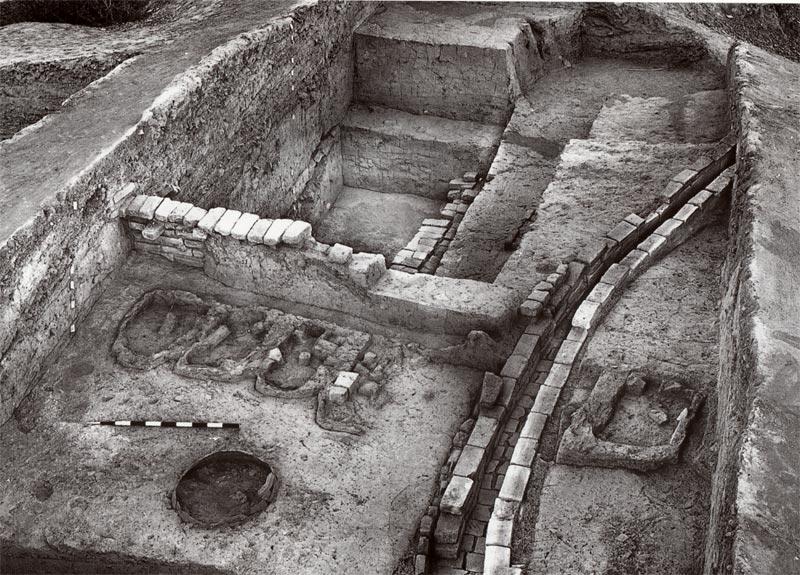
Photo Source
A settlement of the Indus Valley Civilization, Kalibangan was unearthed way back in 1962 by Dr. Ghosh of the Archaeological Survey of India. Kalibangan, which literally means black bangles, lies along the left bank of the dried-up bed of river Ghaggar in Rajasthan. Other than giving the evidence of the earliest ploughed agricultural field ever revealed through an excavation, Kalibangan also has several fire altars, which suggest that the Harappans believed in the ritualistic worship of fire.
The Archaeological Museum of Kalibangan was set up in 1983 to house the excavated finds from this Harappan site. The exhibits in the galleries include Harappan seals, bangles, terracotta objects, terracotta figurines, bricks, grinders, and stone balls.
7. Vasai

Photo Source
The Portuguese named it Baçaim. The Marathas renamed it Bajipur. The British named it Bassein and today it is called Vasai. When the Portuguese arrived, the ancient port city of Sopara was a significant trading centre under the rule of Bahadur Shah, the Sultan of Gujarat. The Portuguese who took it from the Sultan, expanded the fort and turned it into a vibrant port city over the next two centuries, next in importance only to their headquarters in Goa.
With its historic churches, mosques, temples, tiny villages, beautiful beaches, hot water springs and even a replica of the Sanchi stupa, Vasai is a magnificent microcosm of Mumbai’s history. Interestingly, many popular international songs, like the ‘Hymn for the Weekend‘ by British band Coldplay and ‘Lean On‘ by EDM group Major Lazer, have been shot at Vasai.
8. Dholavira
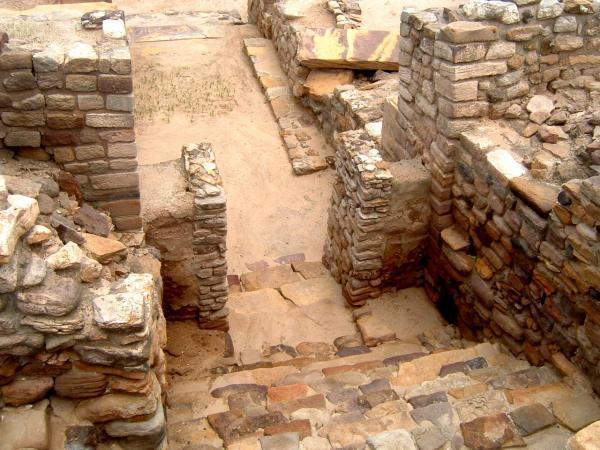
Photo Source
Dholavira, located in Khadir island of the Rann of Kutchch, is one of the five largest Harappan cities in the subcontinent. Today, what is seen as a fortified quadrangular city set in harsh arid land, was once a thriving metropolis for 1,200 years and had an access to the sea prior to the decrease in sea level.
The water conservation system excavated at this remarkable site speaks volumes about the ingenuity of the people who developed a system of rainwater harvesting to support life in a parched landscape. Other than some of the best preserved Harappan-era stone architecture, a mysterious signboard in the Indus script has also been discovered at Dholavira. The excavation also revealed seven significant cultural stages in the city that document the rise and fall of the Indus Valley Civilization.
Also Read: 9 Famous Indian Monuments and Structures You May Not Know Were Built by Women
Like this story? Have something to share? Email: [email protected], or join us on Facebook and Twitter (@thebetterindia).
NEW! Log into www.gettbi.com to get positive news on Whatsapp.
If you found our stories insightful, informative, or even just enjoyable, we invite you to consider making a voluntary payment to support the work we do at The Better India. Your contribution helps us continue producing quality content that educates, inspires, and drives positive change.
Choose one of the payment options below for your contribution-
By paying for the stories you value, you directly contribute to sustaining our efforts focused on making a difference in the world. Together, let’s ensure that impactful stories continue to be told and shared, enriching lives and communities alike.
Thank you for your support. Here are some frequently asked questions you might find helpful to know why you are contributing?


This story made me
-
97
-
121
-
89
-
167











